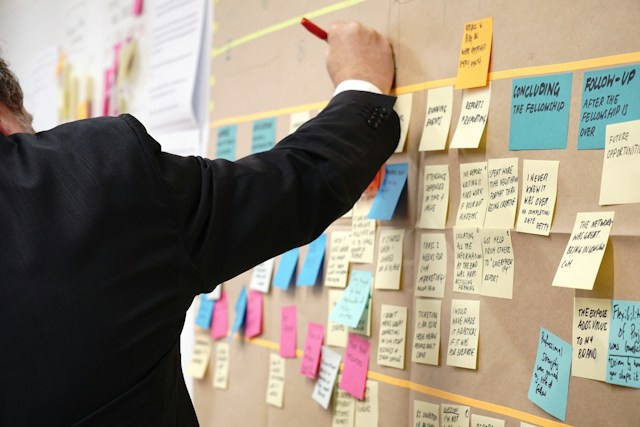Social and emotional development plays a vital role in shaping individuals’ overall well-being and relationships. From infancy to adulthood individuals go through various milestones that mark their growth in understanding and navigating their own emotions building relationships and developing empathy. In this comprehensive guide we delve into the different milestones of social and emotional development providing valuable insights and guidance to help you understand and support these essential skills in children and individuals of all ages.
I. Introduction to Social and Emotional Development
Social and emotional development refers to the ability to understand and manage one’s emotions establish and maintain positive relationships and effectively communicate and interact with others. It encompasses a range of skills including self-awareness self-regulation empathy and social competence.
II. Social and Emotional Development Milestones in Infancy and Early Childhood
- Attachment and Bonding: From birth infants develop a bond with their primary caregivers usually parents or caregivers. This attachment provides a sense of security trust and emotional well-being forming the foundation for future relationships.
- Self-Recognition: Around 6 to 12 months infants begin to recognize themselves in a mirror showing signs of self-awareness. This milestone marks the development of a sense of self-identity.
- Empathy and Emotional Expression: Between 1 to 2 years toddlers start showing empathy towards others understanding and responding to their emotions. They also begin to express their own emotions more clearly using words and gestures.
- Play and Cooperation: As children enter the preschool years they engage in pretend play and cooperative activities with peers. This stage fosters social interaction turn-taking and sharing.
III. Social and Emotional Development Milestones in Childhood and Adolescence
- Emotional Regulation: Throughout childhood individuals develop strategies to regulate and manage their emotions effectively. They learn to identify and express emotions appropriately coping with stress and frustrations.
- Friendships and Peer Relationships: As children grow older they form friendships and navigate more complex social dynamics. They learn to communicate negotiate and resolve conflicts within relationships.
- Empathy and Perspective-Taking: Adolescence is a critical period for developing empathy and perspective-taking skills. Teenagers become more aware of others’ emotions perspectives and experiences enhancing their ability to understand and relate to others.
- Identity Formation: Adolescents explore their own identity including their values beliefs and interests. This process involves self-reflection questioning and forming a sense of self separate from their family.
IV. Social and Emotional Development in Adulthood
- Establishing Intimate Relationships: In adulthood individuals form intimate relationships building connections based on mutual trust respect and emotional intimacy. They develop the ability to maintain healthy and fulfilling partnerships.
- Emotional Resilience: Emotional resilience becomes more pronounced in adulthood allowing individuals to navigate challenges setbacks and stressors effectively. They develop coping strategies and seek support when needed.
- Empathy and Compassion: Continued growth in empathy and compassion enhances interpersonal relationships and contributes to a more empathetic and supportive society. Individuals understand and respond to the emotions and needs of others.
V. How to Support Social and Emotional Development
To support social and emotional development in children and individuals of all ages consider the following strategies:
- Emotional Support: Create a safe and nurturing environment that promotes open communication active listening and validation of emotions. Encourage individuals to express their feelings and provide support when they face challenges.
- Model Healthy Relationships: Demonstrate positive social behaviors such as empathy kindness and respect in your own relationships. Serve as a role model for effective communication conflict resolution and cooperation.
- Teach Emotional Regulation: Help children and individuals develop strategies for managing and regulating their emotions. Teach them techniques like deep breathing mindfulness and positive self-talk to cope with stress and maintain emotional balance.
- Promote Empathy and Perspective-Taking: Encourage individuals to consider different perspectives and practice empathy towards others. Engage in activities that foster understanding such as volunteering or participating in community service projects.
VI. Conclusion
Social and emotional development milestones are critical indicators of an individual’s overall well-being and success in relationships. By understanding and supporting these milestones we can help children and individuals thrive emotionally and socially.
Remember each individual progresses at their own pace and it’s essential to provide a supportive and nurturing environment that allows for growth and development. By offering emotional support modeling healthy relationships teaching emotional regulation and promoting empathy we can contribute to the social and emotional well-being of individuals across their lifespan.















Add comment